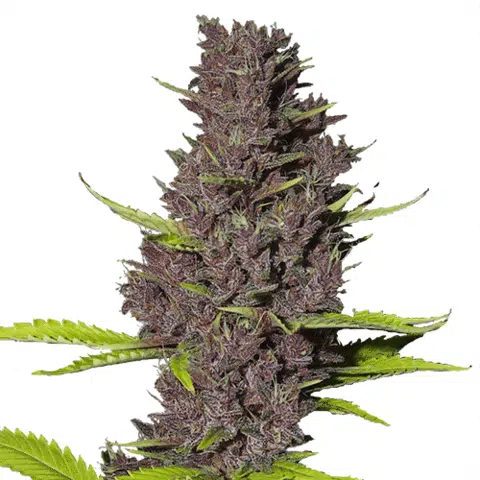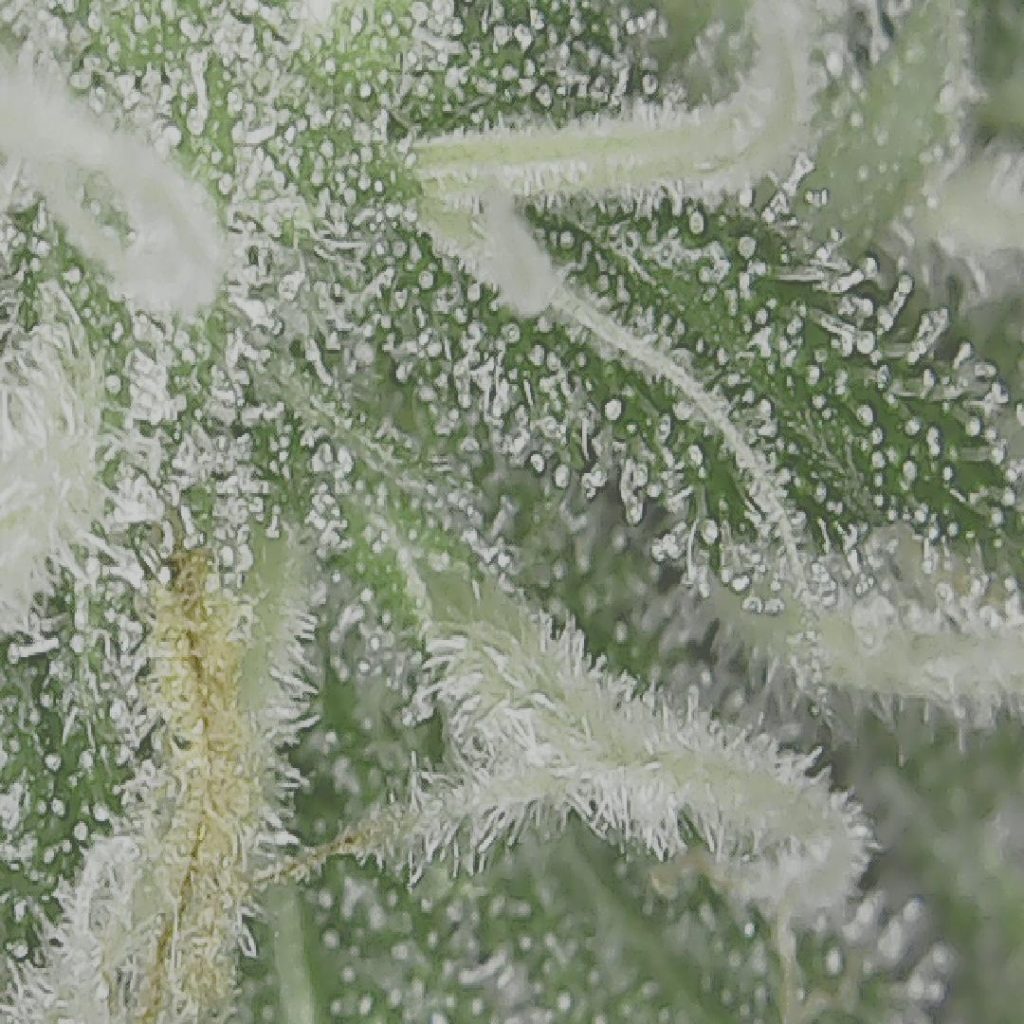In the world of legal cannabis, there’s one strain that rules them all.
The Blue Dream cannabis strain has been a top-selling flower for the last several years, dominating markets in the West Coast and beyond.
But, why has this sweet-scented hybrid become so pervasive?
Here’s the scoop on America’s number one favorite.

Blue Dream history

The Blue Dream strain was born and raised in the cannabis capital of the world: California.
Debuting in the Santa Cruz area around 2003, this perky plant has quickly spread to the United States and Canada.
Considered a hybrid cannabis strain, this plant is a cross between DJ Short’s Blueberry and Super Silver Haze.
DJ Short’s Blueberry is considered an indica plant. This means that it features Central Asian heritage and expresses a broad leaf structure.
Super Silver Haze is a popular sativa hybrid, expressing a narrow leaf structure and likely featuring lineage from South East Asian climates.
Contrary to popular belief, the terms sativa and indica do not provide an accurate indication of a particular plant’s effects.
Rather, an herb’s sativa/indica status provides greater information about a particular cultivar’s growth patterns and lineage.
By breeding DJ Short Blueberry and Super Silver Haze together, cultivators created a plant that is easy to grow and produces substantial yields of about 22 ounces per plant.
Blue Dream effects
So, why is Blue Dream so popular? Not only does it grow well, but it delivers a strong yet mellow psychoactive experience that pleases consumers of all kinds.
While most cannabis media sites define Blue Dream as a well-balanced hybrid with happy and uplifting effects, the experience this plant provides cannot be separated from its chemical constituents.
Shortly after trying this strain, consumers may notice a substantial mood elevation.
This upbeat mood is likely accompanied by a sharpening of the senses.
Colors may seem a little brighter, smells a little sharper, and sounds may be a little more attention-grabbing.
After consuming cannabis, many individuals report reductions in pain. Some strains, like Blue Dream, may have muscle relaxant effects.
However, it’s also common for consumers to report that while tension and pain may still be present, the sensations have dulled and it becomes easier to focus attention on things other than pain.
Medicinal qualities of Blue Dream
There are several aroma molecules that contribute to the overall medicinal value and personality of the Blue Dream cannabis strain.
These aroma molecules are called terpenes, and they are abundant in plant resins. The three most common terpenes in this strain include:
1. Myrcene
Myrcene is a sedative terpene found in lemongrass and is often attributed to mango.
While many consider myrcene to be the chemical compound that gives mango fruits their musky aroma, few common mango varieties contain substantial myrcene content.
In contrast, some cannabis cultivars contain quite a lot of myrcene, Blue Dream included.
Early research suggests that myrcene may be responsible for the hypnotic effects of some cannabis strains.
The myrcene content in Blue Dream makes this strain more sedative, perhaps contributing to the calm and drowsy nature of this plant.
Myrcene is also expected to have muscle relaxant properties. These may make this plant a worthwhile choice for those experiencing muscle stiffness and cramping.
2. Pinene
Pinene is one of the most common terpenes in the plant kingdom and is most abundant in pine trees.
Unsurprisingly, this terpene features a strong pine-like aroma.
The terpene is also expected to have slightly energizing properties.
In early research cited in a 2011 review published in the British Journal of Pharmacology, these boosting properties of pinene may be caused by its ability to prevent the breakdown of a neurotransmitter acetylcholine. This neurotransmitter is vital for memory and cognition.
So, while Blue Dream contains compounds that are sedative and hypnotic, it is possible that some of these effects may be negated by pinene.
Simply stated, based on these chemical properties of the strain, it is likely that it produces slightly sedative effects with potentially more mental clarity when compared to other cannabis strains.
3. Caryophyllene
Finally, the third most common terpene found in Blue Dream is beta-caryophyllene (BCP).
Also found in black pepper, this terpene has been found to relieve inflammation, boost mood and ease anxiety in animal models.
The endocannabinoid system is a neurotransmitter network. It allows you to experience the medicinal and psychoactive effects of the cannabis plant.
Assuming that BCP also has anti-depressant and anxiolytic effects in humans, the presence of this molecule may contribute to the calming and mood-boosting properties of the Blue Dream strain.
Be sure to check out our shop for the best cannabis seeds on the market today!
*Always consult a physician before making any changes to your health or fitness regimen.*

